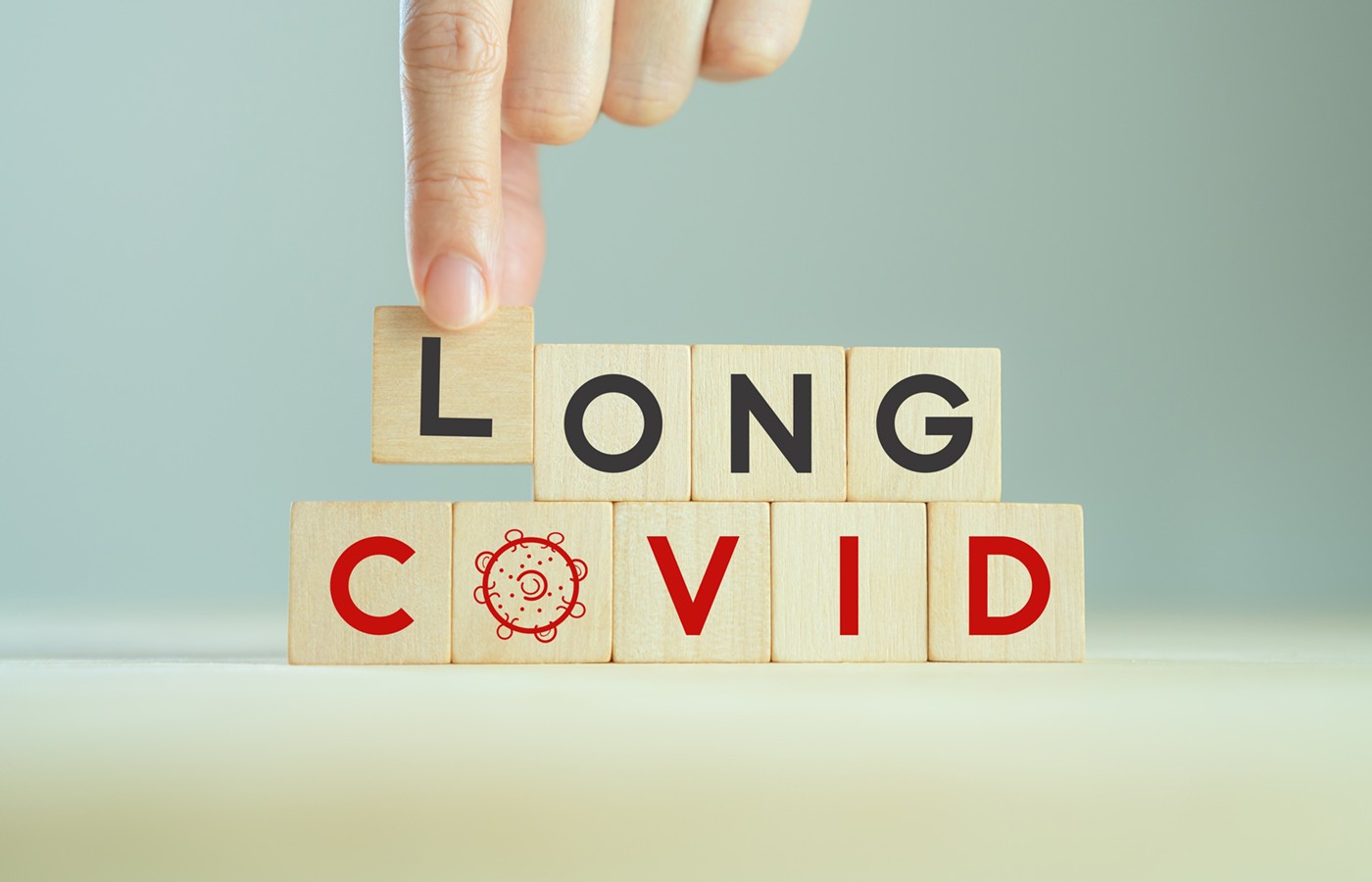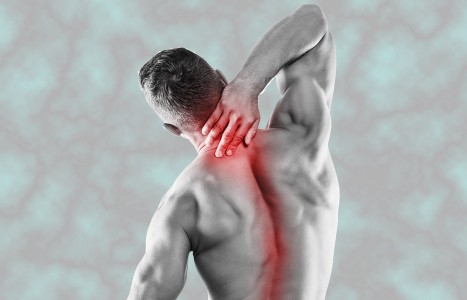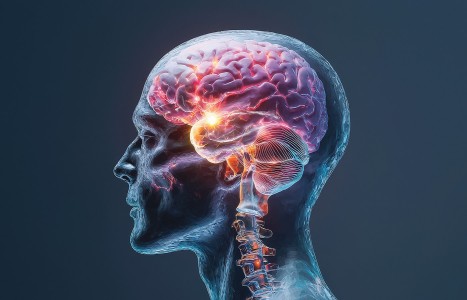MRI is currently the gold standard for identifying radicular pathology, but unfortunately, it requires preauthorization, which isn’t easy to obtain. Physical tests are what most practitioners depend on – despite the marginal reliability of the tests. The information in this article brings history and observation to the forefront of radicular diagnostics. Each factor listed can significantly increase the clinician’s ability to diagnose radiculopathies.
Chiropractic Care in the Management of Long COVID (Pt. 1)
- In 2022 and 2023, we reported the results of chiropractic care for three patients with long COVID-19.
- The main form of care for these patients consisted of chiropractic adjustments: manual maneuvers specific as possible in location, direction, amplitude, and velocity of thrust.
- Soft-tissue reflex work for the improvement of neuromuscular function also was used. Home care advice included exercises and nutritional guidance.
In 2022 the U.S. Veterans Administration included chiropractic consultation as a possible component in the care of long COVID-19 victims.1 However, this publication only considered chiropractic care relevant to headache. An earlier paper by Blum suggested chiropractic care could be more broadly helpful for the long COVID-19 victim.2
In 2022 and 2023, we reported the results of chiropractic care for three patients with long COVID-19. Patient #1 was a 59-year-old photographer whose symptoms included headache and deficits in memory and attention.3 Patient #2 was a 58-year-old realtor with symptoms including hyposmia, parosmia and fatigue.4 Patient #3 was a 79-year-old retired computer programmer with a complex of long COVID-19 symptoms including dyspnea, fatigue, memory deficit, pharyngitis, and possible glossopharyngeal neuralgia.5 All three patients completed an informed-consent process in compliance with the Declaration of Helsinki.
The main form of care for these patients consisted of chiropractic adjustments: manual maneuvers specific as possible in location, direction, amplitude, and velocity of thrust. In our practice, articulations are adjusted when mechanical and/or neurological dysfunction is detected, primarily by palpation and manual muscle testing. Chiropractic adjustments are intended to improve the mechanical and neurological integrity of involved motion segments.
The articulations addressed with these patients varied from visit to visit, and included vertebral, cranial and extremity adjustments as indicated. This visit-to-visit variation is due to the fact that involved levels shift as the patient’s body works to gain improved neuromuscular function.
In addition to chiropractic adjustments, soft-tissue reflex work for the improvement of neuromuscular function was used. These reflex techniques are included in a constellation of chiropractic techniques called applied kinesiology.6 Home care advice included exercises and nutritional guidance.
Fatigue
Patient #2 presented with fatigue as evidenced by an increased requirement for naps. By her ninth visit (sixth week of care), she reported no more fatigue and need for naps than existed prior to COVID infection. However, she did report some exacerbation of fatigue nine days later following a tiring camping trip.
This patient was complying with a prescription for the statin drug Lipitor, which antedated her COVID infection. Previous research indicates statin drugs can interfere with the biosynthesis of coenzyme Q10 (ubiquinone).7 This takes on additional significance in light of the possibility raised by several investigators that the COVID-19 virus also interferes with coenzyme Q10 biosynthesis.8-9
In this regard, it is worth noting that the patient began compliance with our advice to supplement with coenzyme Q10 and B-complex vitamins six days before her ninth visit – the visit during which she reported relief from fatigue. It is plausible that this supplementation helped her normalize cellular respiration by making coenzyme Q10 more available from dietary and intrinsic sources.
Patient #3 reported fatigue at presentation, which did not significantly change during the course of treatment. This patient was under a medical cardiologist’s care for heart failure. This cardiovascular problem may have complicated her recovery from fatigue.
Cognitive Function
Patient #1 complained of “brain fog” at presentation. Any attempt to think provoked a headache, which could last for several days and usually worsened her brain fog. She had difficulty following recipes that should have been familiar from years of use. Her reverse digit span was 5. Although this is not concerning by itself, she experienced such severe frustration during the testing procedure that she burst into tears.
According to the patient’s unprompted comment, she was already feeling somewhat better after the first adjustment. In addition to chiropractic adjustments, she was advised to take at least 10 deep breaths every day, and to practice yogic alternate nostril breathing for at least three minutes each day. Based on published research, we hypothesized that the breathing exercises would facilitate the recovery of her cognitive function.10
After three chiropractic adjustments over a period of 19 days, she reported doing better with her recipes, and found her thinking had improved to the point where she could “multitask” at times without undue distress. Her reverse digit span was 6, and testing did not cause tears or any other indication of frustration.
Patient #2 complained of being more forgetful and having more trouble concentrating than before COVID infection. Her reverse digit span was 5. By her seventh visit (fourth week of care), she reported no longer suffering from memory or concentration problems. Her reverse digit span was 6. The combination of chiropractic adjustments with this patient’s previously mentioned supplementation may have contributed to her cognitive recovery, as well as her recovery from fatigue.
Patient #3 was hospitalized for a severe bout of COVID-19 infection complicated by pneumonia. Upon release from the hospital, she no longer remembered how to write. At presentation at our office, she was able to write, but still had difficulty remembering familiar recipes. Her reverse digit span was 4. After five visits over a period of just under three weeks, her reverse digit span was 5. She no longer had trouble remembering recipes.
Throat Symptoms
Patient #3 stated a feeling “like razor blades” in her throat was the first symptom she noticed when her COVID-19 infection emerged. This sensation was still unabated at presentation. She also suffered from a feeling of constriction in her throat. By the time of her fourth visit (day 11 of care), she reported that the “razor blade” sensation was gone. However, the feeling of constriction was still present.
Oropharyngeal exercises were taught to the patient as home care, with instructions to practice each exercise for a minimum of three minutes per day. The patient was guided through the exercises for 10 seconds each while the practitioner stimulated neurolymphatic reflexes for the neck flexors.
These oropharyngeal exercises are based on the work of Guimaraes, et al.11 This research team found oropharyngeal exercises originally developed for speech therapy could improve pharyngeal tone to a degree sufficient to help patients suffering from obstructive sleep apnea. At the sixth visit, the patient stated the throat congestion was still present, but was improving.
Reading Intolerance and Headache
At presentation, Patient #1 stated that any attempt at reading produced a headache. For this reason, she relied completely on audiobooks. While testing binocular fusion in the cardinal directions of gaze, we did not notice any problems, but the patient mentioned the testing felt “like work.”
At the patient’s third visit (day 16 of care), she reported experiencing a two-day period the previous week during which she was able to read without headache. In fact, she had been able to read a book cover-to-cover in a 24-hour period with no ill effects.
Olfactory Disturbance
At presentation, Patient #2 reported a reduced sense of smell. On the Gupta, et al., hypoxia scale, in which “0” represents no sense of smell and “5” represents normal sense of smell, her self-score was “1.”12 She stated she was usually able to detect an aroma for one “sniff,” rarely two, then the aroma vanished. At irregular intervals she would smell a “house on fire” odor when no house fire was present.
At her second visit (three days after presentation), she reported the ability to smell bread at the dinner table the day before. At the patient’s third visit (five days into care), the patient reported her ability to smell a litter box and possible mildew at a friend’s house the day before. At the patient’s seventh visit (approximately four weeks into care), she reported the ability to smell the aroma of honeysuckle, oleander and mildew for 2-3 “sniffs” in a row.
It was previously mentioned that the patient began to comply with advice to supplement with coenzyme Q10 and B complex six days prior to her ninth visit (sixth week of care). At that visit, she reported the ability to smell grass, mildew, garlic, and eucalyptus for 3-4 “sniffs” at a time. The parosmia episodes no longer seemed like a “house on fire,” but rather resembled a “burnt popcorn” odor. Overall, she rated her sense of smell at “3” on the Gupta, et al., scale.
Editor’s Note: Part 2 (November digital edition) features a discussion of findings and avenues for DCs to participate in integrative care of long COVID patients; as well as complete references to the citations in both article parts.



